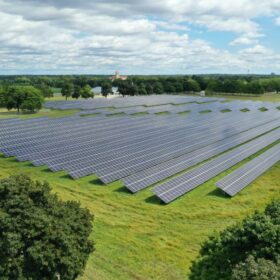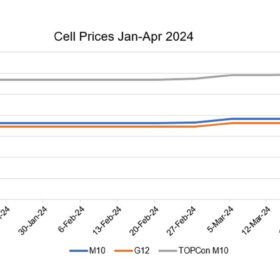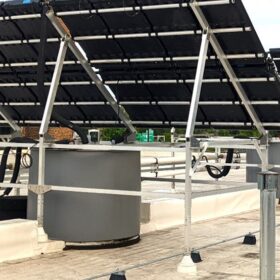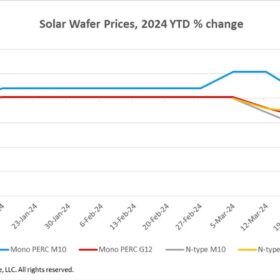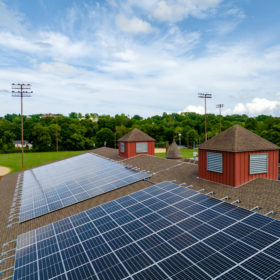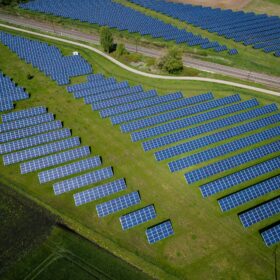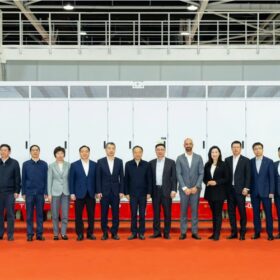How AI can contribute to environmental sustainability
Artificial intelligence models can be used during the solar pre-construction planning and design process, as well as afterwards to help with monitoring, weather forecasting, predictive maintenance and more.
Specialized EPC contractors key to smaller community solar projects
Innovative financing models and supportive policies are needed to make community solar financially viable and attractive to investors.
Making the case for concentrated solar power
Dismissed by many in the solar industry as an overly complex, outdated technology, concentrated solar power (CSP) is set for a comeback thanks to a scaled-down, modular approach.
Pre-fabricated and customized wire management systems provide a competitive advantage
Solar wiring that integrates easily in the field can simplify installation, enhance both quality and longevity, and improve overall project efficiency.
Solar cell prices fall for 3rd consecutive week
In a new weekly update for pv magazine, OPIS, a Dow Jones company, provides a quick look at the main price trends in the global PV industry.
A new twist on thermal storage
PowerPanel offers a PV and thermal storage solution that combines simple, safe and easy to manage hot water with advanced thermoplastic technology and architecture.
Solar wafer prices plummet, amid high inventory and low profit dominating the market
In a new weekly update for pv magazine, OPIS, a Dow Jones company, provides a quick look at the main price trends in the global PV industry.
Mixed start to spring for solar in North America
In a new weekly update for pv magazine, Solcast, a DNV company, reports that the solar regions of California, Nevada, Arizona and western Texas saw lower than normal irradiance in March, while high irradiance levels were recorded from the midwest to the Carolinas and across most of Mexico.
The expanding commercial solar PPA landscape
Industry experts share their insight on the state of the commercial and industrial power purchase agreement and best practices for executing successful deals.
Solar connectors: How to maximize safety and performance
Improperly installed solar connectors can cause damage far disproportionate to their share of upfront costs. Here’s how to prevent (or fix) the problem.

